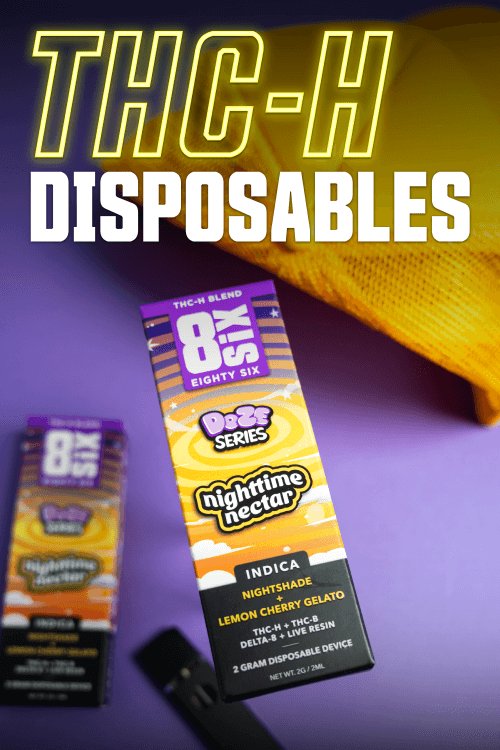Hemp-Derived THC-P Explained
What is THC-P?
Delta-9-Tetrahydrocannabiphorol, or THC-P, is a naturally occurring phytocannabinoid found in both hemp and marijuana plants.
Similar to other minor cannabinoids such as Delta-8 THC and HHC, THC-P’s presence in either of those plants is minimal. This means that while the cannabinoid is naturally derived, its commercial development stems from isomerization through converting hemp-derived CBD. This guide delves into what THC-P is and how it compares to other cannabinoids.
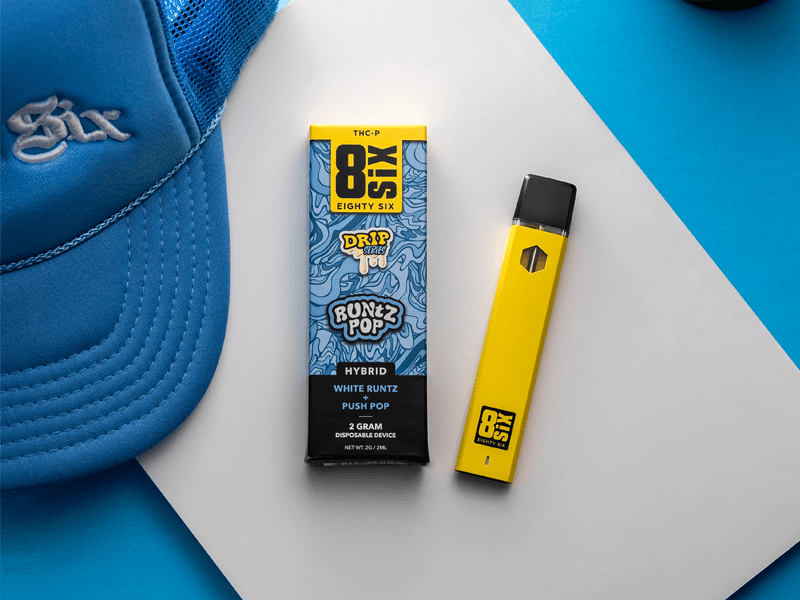
How Does THC-P’s Molecular Structure Stack Up Against Delta-9 THC?
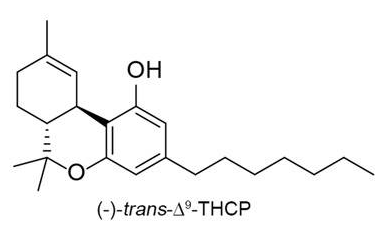
THC-P, being an analog of traditional THC, means its overall experience is similar to good old marijuana. How the two stack up on a molecular level, however, is starkly different. What’s different about THC-P’s molecular structure is that it contains a longer alkyl side chain that extends from the bottom of the largest part of the molecule.
The oversized side chain contains seven carbon atoms, whereas Delta-9 THC only includes five. This difference in molecular structure lends to the tetrahydrocannabiphorol’s ability to bind to CB receptors up to 33 times better than Delta-9’s ability to. Does this mean THC-P is stronger than Delta-9? Not quite – and we’ll go into that in more detail below as we explore THC-P’s effects.
The oversized side chain contains seven carbon atoms; whereas Delta-9 THC only contains five. This difference of molecular structure lends to THC-Ps ability to bind to CB receptors up to 33 times better than Delta-9’s ability to. Does this mean THC-P is stronger than Delta-9? Not quite – and we’ll go into that in more detail below.
Are There Any Scientific Studies on THC-P?
Circling back to THC-P’s affinity to CB receptors, Italian researchers in 2019 conducted experiments on cultured human cells to test that exact point. They found that THC-P binds 33 times more effectively to the CB1 receptor than traditional Delta-9 THC marijuana. The CB1 receptor is the most important receptor in the human endocannabinoid system (ECS) as it’s these receptors that can detect the psychoactive, otherwise “high” effect.
What is THC-P’s potency compared to that of Delta-9? Is it 33 times stronger? Nope! And here’s why.
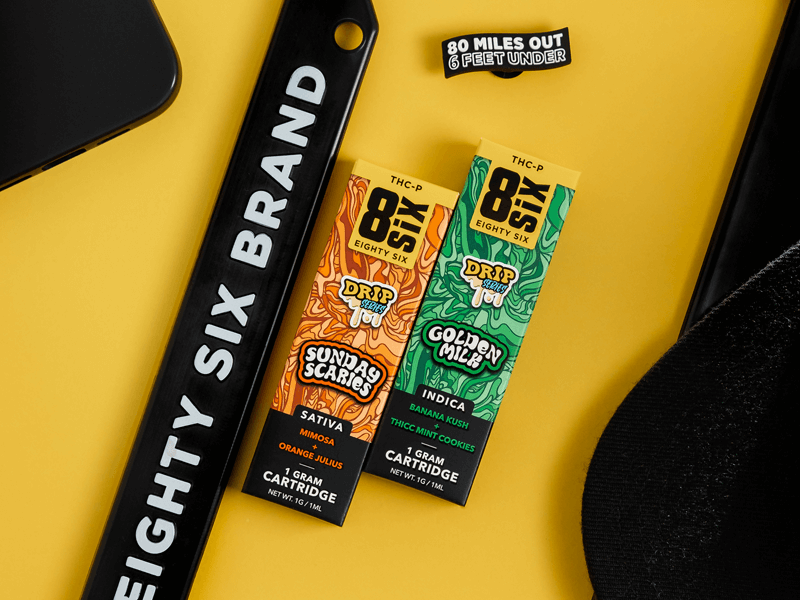
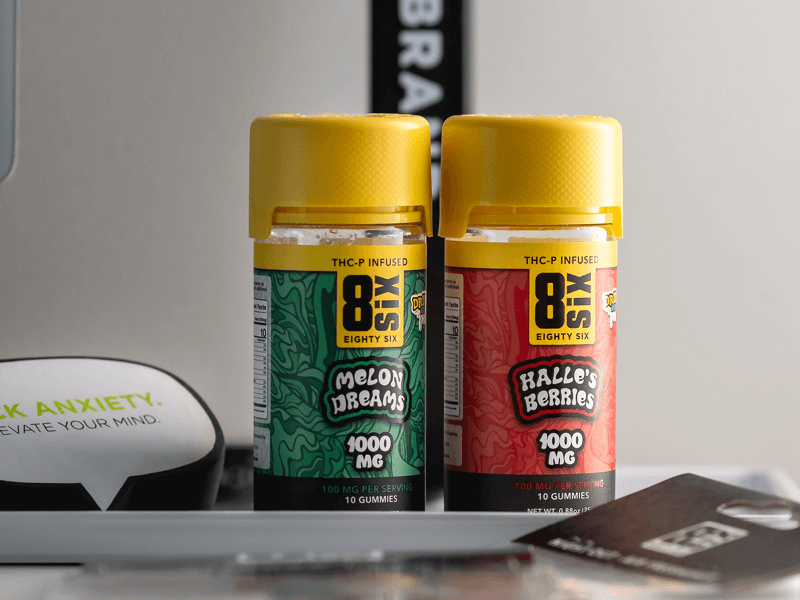
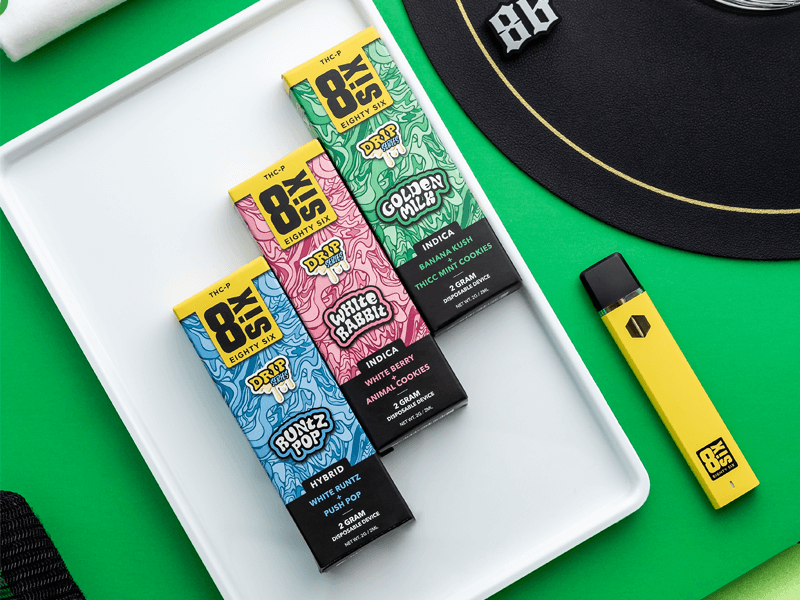
In the world of hemp-derived CBD wellness products, the term bioavailability is thrown around more often than not. Bioavailability is the rate at which the body absorbs a consumed substance. Should your body reach and exceed that rate, the substance is filtered out and effectively wasted.
Depending on how the cannabinoid is consumed, different bioavailability rates exist, with the typical rates being as follows:
- Sublingual (Tinctures): 13 – 56%
- Inhalation (Vaping): 31%
- Inhalation (Smoking): 2 – 56%
- Oral (Eating/Drinking): 13 – 19%
Since THC-P binds to CB receptors 33 times better than traditional THC, your body would simply hit the maximum bioavailability of the consumption method, then render everything else as waste. Again, this is not to say that THC-P wouldn’t deliver the same psychoactive effects as traditional THC, or even Delta-8 THC, for that matter. A higher affinity to CB receptors, regardless of bioavailability, is what makes THC-P lead to a completely different psychoactive experience.
What Is the THC-P High Like?
Let’s clear the air once and for all: if you consume Delta-9-Tetrahydrocannabiphorol, expect to get very high.
The high experienced relative to a traditional Delta-9 THC high is thought to be stronger and longer lasting because the molecular structure resembles more of the CB1 receptor than its conventional cousin.
Due to the stronger affinity, THC-P is known to feel like a combination of traditional Delta-9 THC and mild psychedelics. Now, we don’t mean the walls will melt around you sort of psychedelic trips here. THC-P is what’s known in the alternative cannabinoids community to deliver more of a microdose level of psychoactivity. There might be some slight color disruptions, but nothing you wouldn’t be able to handle.
From an effects standpoint, THC-P’s mild psychedelic shine on a cannabis high often delivers a heightened awareness similar to the “flow states” achieved from microdosing psychedelic substances. Some users report there is a sense that time slows down and the senses tune into the minute details while one’s overall perception zooms out into the macro.
In other words, people report feeling a dissociative, out-of-body experience after consuming THC-P.
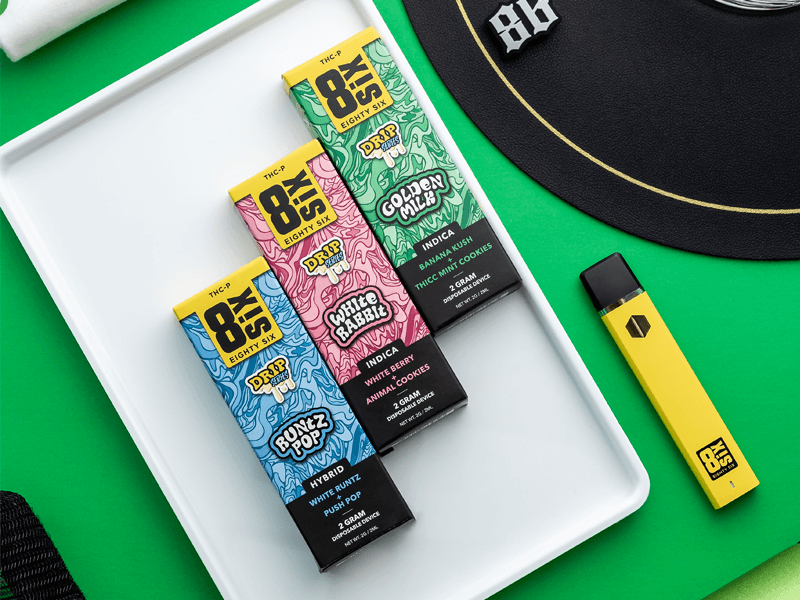
This sort of out-of-body experience explained in traditional cannabis high terms feels a lot like a heavy sativa blend versus anything else out there, where the typical user can achieve a heightened sense of mental clarity as opposed to whole-body relaxation.
What Is the Most Popular Way To Consume THC-P?
Since THC-P is by and large synthesized by converting CBD and/or hemp-derived Delta-8 THC, the most popular extract THC-P is available in is distillate. This paves the way for several different ways to enjoy the mild psychedelic cannabinoid. To name a few:
- THC-P Disposable Vapes: THC-P Disposable vapes are rechargeable, non-refillable, all-in-one devices that feature a coil and a distillate reservoir all housed within. Simply charge the device and vape to your heart’s (and tolerance’s) content. When you’ve finished the distillate, simply toss it, and it’s on to the next.
- THC-P Edibles: THC-P Edibles is a broad term that encompasses anything you can eat or drink, which includes but is not limited to Gummies, Caramel Chews, Rice Krispies, Hard Candy, Chocolate Bars, Sodas, and Syrup Shots. Due to the nature of eating/ingesting THC-P, it is wise to remember that your body must first digest whatever it just ate or drank. After waiting up to two hours, the effects of THC-P will hit the bloodstream, often harder and more intensely than initially thought. Be sure to ease your way into dosing before you’re stuck with more than you can handle.
- THC-P Pre-Rolls: Similar to disposable vapes, smoking THC-P distillate is often through taking hemp flower such as CBD, CBG, or CBN and infusing the THC-P distillate into the flower. What you’re left with is a THC-P-infused flower that delivers an intense, psychoactive experience comparable to a classic joint.
What Is THC-P’s Legal Status in the United States?
Similar to Delta-8 THC, Delta-9-Tetrahydrocannabiphorol, or THC-P, is classified as an analog to traditional Delta-9 THC, which means the 2018 Farm Bill makes it federally legal and effectively up to the will of the individual states to regulate or outright ban it altogether. As of the time of this writing, 32 states allow THC-P for sale and possession.
For the most up-to-date regulations on whether THC-P is legal across the USA, check out our interactive map.
Additional FAQs
Is THC-P Stronger Than Delta-9?
Yes, THC-P is generally stronger than Delta-9 THC. THC-P has a higher affinity for the CB1 receptors in the brain, which are responsible for THC’s psychoactive effects. As a result, smaller amounts of THC-P may produce more potent effects compared to Delta-9.
Is THC-P Detectable in a Drug Test?
Yes, most drug tests can detect THC-P. While some tests may be more sensitive to THC than others, THC-P, as a cannabinoid, will likely be picked up by standard drug screenings. It’s important to note that the detection time can vary depending on factors like frequency of use, individual metabolism, and the specific type of drug test.
How Long Do the Effects of THC-P Last?
While experiences will vary from person to person, you can expect the feelings from THC-P to last from several hours to an entire day, which is often significantly longer than Delta-9. THC-P’s increased affinity for CB1 receptors can prolong the cannabinoid’s effects.
